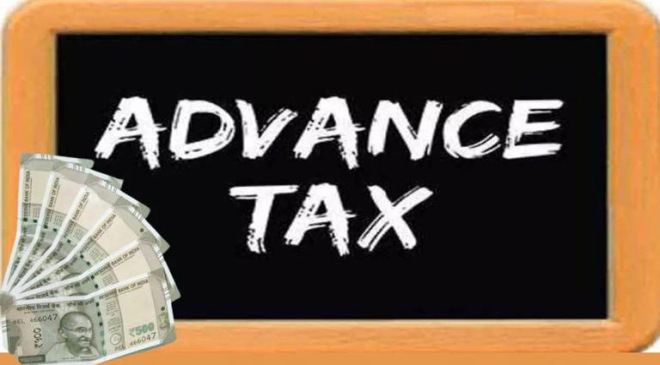If the tax is being paid for the same financial year based on estimated income, it is considered advance tax.
Paying your taxes ahead of the financial year’s end is known as advance tax or pay-as-you-earn scheme. This system helps the government maintain a steady income flow throughout the year. The deadline for the final instalment of advance tax payment for the financial year 2023 – 2024 is March 15, 2024, by which date taxpayers must pay 100% of their advance tax liability.
Read More: Net direct tax mop-up grows 22% to Rs 10.60 lakh crore so far in FY’24, crosses 58% of budget target
What is an Advance Tax?
Advance tax is money you pay ahead of time if you earn income from sources other than your salary, like rent or stock gains. This applies to various earnings like lottery prizes too. You can pay it online or through specific banks.
- By 15th June: You need to pay at least 15% of your total estimated tax liability.
- By 15th September: You must pay 45% of the estimated tax liability.
- By 15th December: You should pay 75% of the estimated tax liability.
- By 15th March: You are required to pay the remaining balance to make it 100% of your estimated tax liability.
If your income estimates change during the year, you can adjust the amount you pay. You can do this through the Income Tax Department’s online tax payment website or the National Securities Depository.
Read More: What is more tax-efficient for shareholders – Buyback or Dividends?
Who Should Pay Advance Tax?
In India, if you’re a salaried individual, a freelancer, or a business owner, and your total annual tax liability amounts to Rs 10,000 or more, you are required to pay advance tax.
However, there is an exception for senior citizens aged 60 years or above who don’t operate a business – they are not obligated to pay advance tax. This exemption is specific to senior citizens without business income.
For businesses and independent professionals like doctors, lawyers and architects, there are special provisions known as presumptive taxation schemes. Under section 44AD, businesses opting for this scheme must pay their entire advance tax amount in a single instalment on or before March 15. Similarly, independent professionals covered under section 44ADA, who are part of the presumptive scheme, are also required to pay their entire advance tax liability in one instalment by March 15. However, they do have the flexibility to clear their tax dues by March 31 if they choose to do so.
Read More: India slashes windfall tax on crude petroleum to ₹6,300 per tonne
What Forms Are Needed For Advance Tax?
To pay advance tax in India, you need to fill out Challan No. ITNS 280 on the specified due dates. When filling out this form, make sure to provide accurate PAN details to prevent your tax from being deposited in someone else’s name. Additionally, select the correct assessment year for which the tax is being paid in advance for the upcoming financial year.
When making the payment, you must specify the type of payment. If the tax is being paid for the same financial year based on estimated income, it is considered advance tax. If the payment is made after the end of the financial year, it is classified as a self-assessment tax.
After the payment is completed, you will receive a Challan Identification Number (CIN). It is crucial to keep a record of this number and use it when filing your income tax return. Also, verify with the Income Tax department to confirm that the online payment made through ITNS 280 has been received successfully.
Know How to Pay Advance Tax Online:
- Step 1: Go to the Income Tax Department’s official site.
- Step 2: Click on the ‘e-pay Tax’ option under ‘Quick Links’.
- Step 3: Enter your PAN and Mobile Number, then click ‘Continue’.
- Step 4: Enter the OTP received on your mobile and click ‘Proceed’.
- Step 5: Select the ‘Income Tax’ option in the first tab and click ‘Continue’.
- Step 6: Fill in the necessary details, including the correct assessment year, address, email address, phone number, bank name, and captcha code.
- Step 7: After filling in the details, you will be redirected to the bank’s Net Banking page.
- Step 8: Review the payment details, including your challan number.
- Step 9: Once the payment is made, it’s crucial to report the payment to complete the process.





























